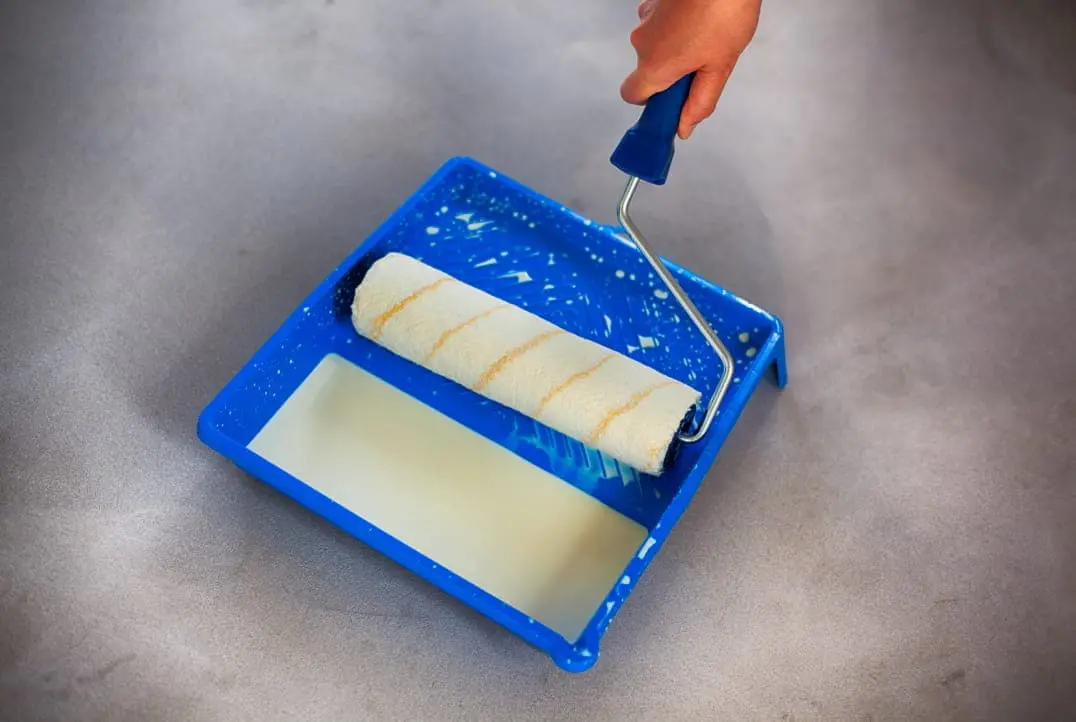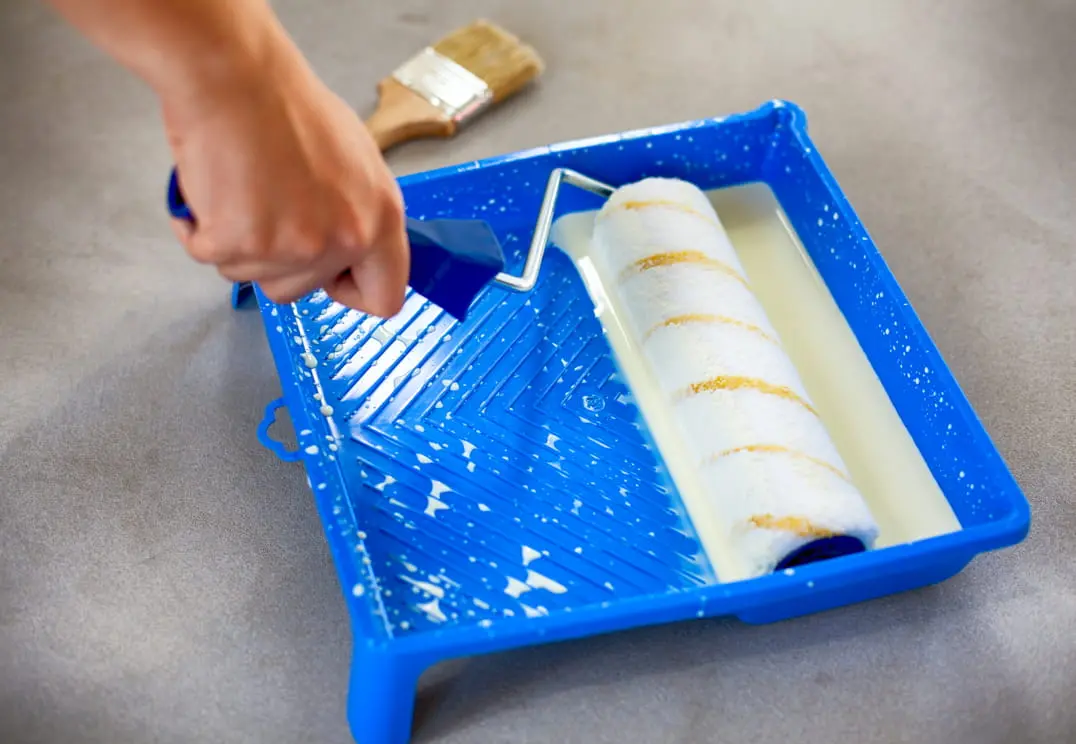Tips for applying polyurethane varnish.
Large projects are distinguished by the care of small details in the finishes. When we think of details we think of harmony, elegance and highlighting the natural beauty of the space we are going to cover. But the path to excellence in finishes cannot be traveled without the help of the polyurethane varnish.
It is an ideal material for any decorative coating due to its high properties of hardness, resistance and strong adhesion, which makes it withstand friction, abrasion and the passage of time. That is, we will achieve a durable, resistant and natural appearing finish. But, what are thepolyurethane varnishes?.
A two-component polyurethane varnish has the characteristic of having good performance and chemical resistances. It is made up of a component A that contains the polyol and a component B that contains the isocyanate. When we mix component B over A in the specified proportions, the polyurethane polymer is generated. So once mixed, just apply.

Preparation of the support to apply the polyurethane varnish
The first step to properly applying polyurethane varnish is to prepare the support, which must be clean and without the presence of grease, dust or dirt of any kind.
If we are dealing with a surface that has a previous varnish, it will be necessary to sand it and remove the entire previous layer. The removal of the previous coating can also be done by stripping, which involves removing the surface layer of finish to be able to apply a new layer of varnish. The stripping is applied on surfaces where we want to completely eliminate the existing finish.
In case the support is damaged and needs repair or joint sealing, this should be done before varnishing.
On wooden surfaces, before the application of varnish, it is recommended to seal the support with a pore filler lacquer for wood and sand it. On cementitious surfaces, it is advisable to first apply a pore filler primer to facilitate the bond between the coating and the sealing varnish.
If we are dealing with a metal surface, the first step will be to ensure it is completely clean and check that there are no remains of rust or dirt. If the support shows a poorly condition paint, the first thing will be to devastate the surface by sanding or stripping and then clean the surface. The next step will be to apply a primer for metal to prepare the support where the varnish will be applied.
Application of polyurethane varnish for microcement
To apply a polyurethane varnish over a microcement coating it is advisable to apply a pore filler primer first.MyCover. This product is a water-based acrylic resin that acts as a bonding bridge and guarantees a quality application.

The pore filler primer that facilitates the union between the microcement and the polyurethane varnish is applied in two coats. The second coat requires a drying time of 4 hours before applying the polyurethane.
To work with polyurethane varnish it's necessary to have good ventilation and that the ambient temperature oscillates between 15 and 30°C. Its application admits a variety of tools ranging from the gun to the brush through the roller. With any of these three tools, the surface can be covered to ensure a complete application of the material.
In the case of thepolyurethane varnish MySealant 2Kthe application is performed in two layers and each coat requires a drying time of 12 to 24 hours, depending on the environmental conditions of the place. Polyurethanes reach all their chemical properties between 7 and 14 days after applying the second coat.
Polyurethane Varnish Maintenance
The durability, high resistance, and hardness that polyurethane varnishes provide facilitate their maintenance. It is necessary to let the polyurethane dry for at least one week before wetting it and the most important part of cleaning the surface is to avoid the use of aggressive products such as salfumán or bleach.
It is also necessary to avoid the use of detergent products and cover the surface before two weeks, as stains may appear or the finish can become bleached. Cleaning the varnished surface with a damp cloth and neutral soap is the best recipe to ensure optimal care.
And to avoid scratching, it is essential to clean daily and thus remove dust and grit that can remain on the surface due to daily activity. A good resource is passing a slightly damp mop once a week to remove any remaining dust.
Surface cleaning with specific products, always respecting the quantity advised by the manufacturer, is a safe bet. Cleaners with high descaling capacity must offer the guarantee that they will renew the protective layer and generate extra over-protection without affecting the varnish.
And in case of stains, there is a rule to follow: the faster you act, the easier it is to eliminate them. In any case, the use of scouring pads should be avoided, as they can cause scratches, and a well-known rule should be followed: prevention is better than cure. The more care we take not to let in dirt, the better condition our varnish will be in.